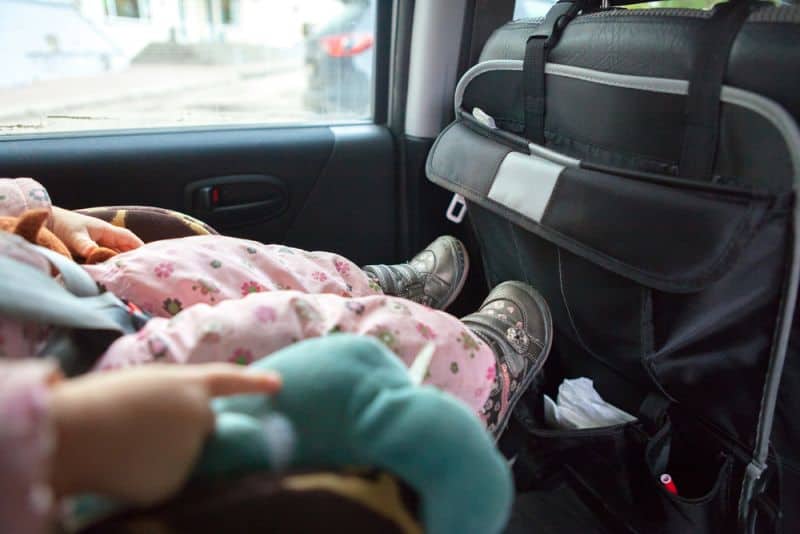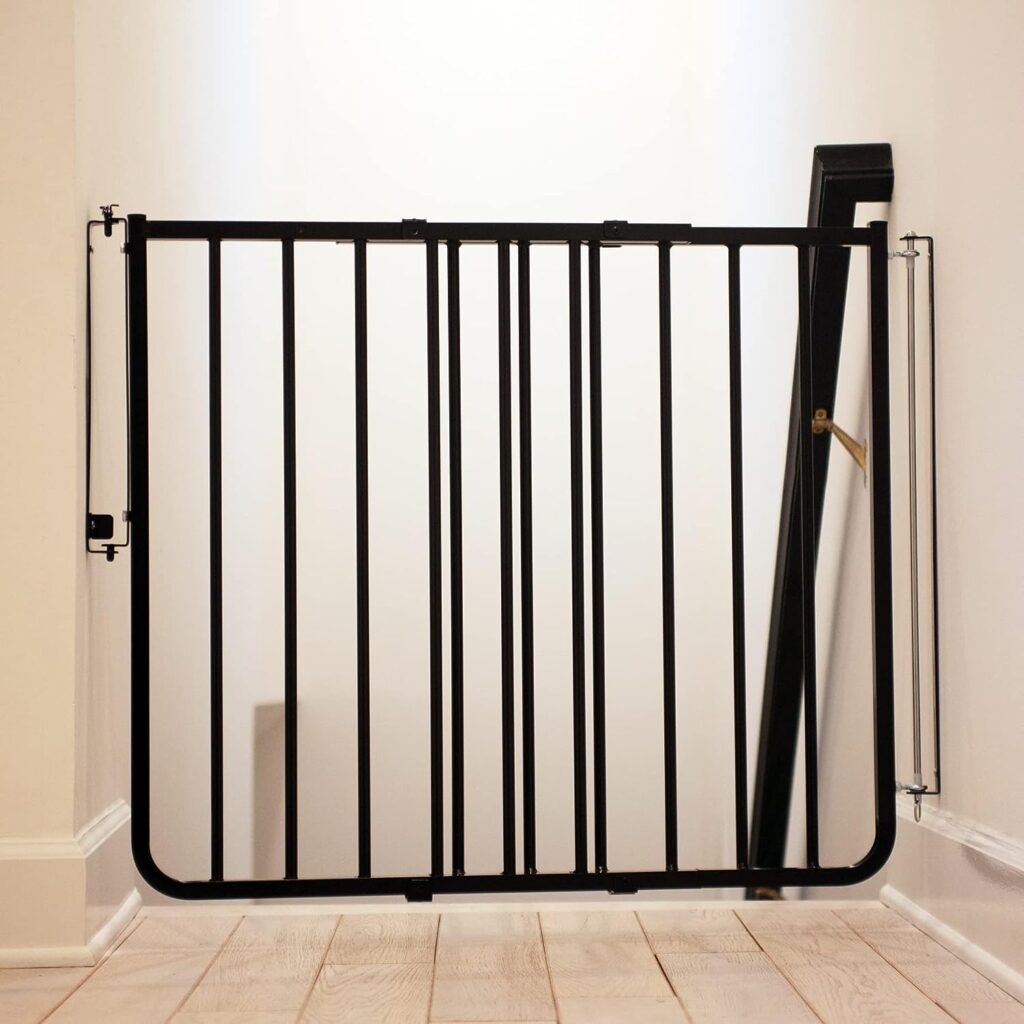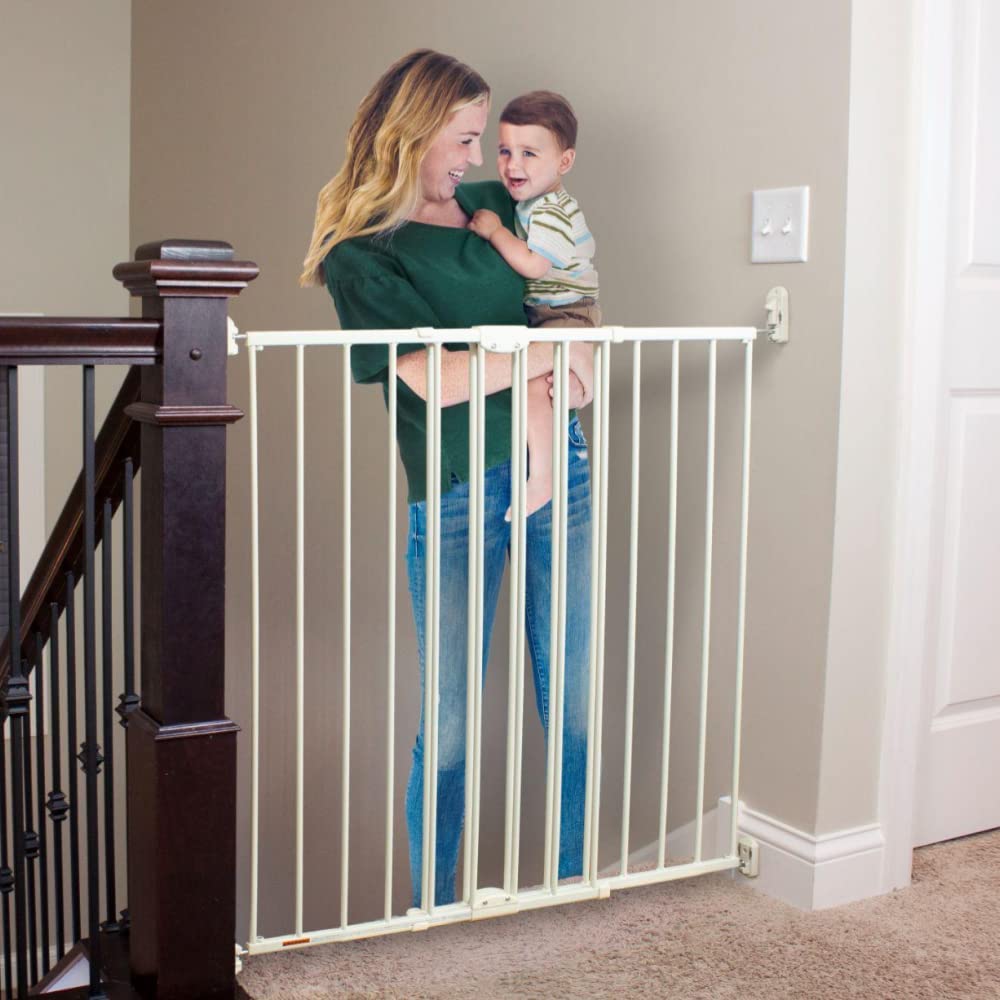I am so glad that we live in an era when car seat usage is not only the norm but also the law. Car seats save children’s lives. Period.
Unfortunately, however, there is still a lot of misinformation about how to safely buckle up the kids and, sadly, 9 out of 10 car seats are not installed properly!
When I started writing this blog, I studied car seat safety in great depth.

What I learned is that I definitely didn’t know it all and that I wasn’t “doing it right” for most of my parenting years. That was disturbing to me because I had no idea how many mistakes I was making along the way.
In fact, as my eyes began to open more and more to all of the safety information about car seats, I was reminded of the adage “When you know better, you do better!”
I was also learning that it is a LOT to remember and sometimes it is helpful to have a handy guide to reference the top safety tips for car seat use.
I hope this list proves to be useful to you as a teaching guide for points you don’t already know, as well as a reminder for the things that you do know but may have forgotten in the hustle and bustle of busy parenting.
Read on for my Top 15 Car Seat Safety Tips!
Tip #1: Read & Keep the Manual
I honestly thought for many years that car seat installation was intuitive and since I hated reading manuals, I am embarrassed to admit, I often skipped this step.
Unfortunately, this means that I made critical errors and didn’t even realize it. Every car seat has its own rules for care and installation and the only way to truly understand them for your seat is to read the book.
Tip #2: Watch Car Seat Installation YouTube Videos
In the early days of my parenting, this wasn’t a thing, but now many car seat brands have installation videos that show you exactly how to get your seat buckled in.
Use this resource as you practice and learn all the specifics that the manufacturer wants you to know! And remember a tightly installed car seat has less than 1” movement side-to-side at the belt path only!
Tip #3: Don’t Add Any Aftermarket Items In, On or Under a Car Seat
Unless the manufacturer gives specific permission otherwise, don’t put anything between the car seat and the vehicle seat!
Neither should you clip anything to the seat (toys, pacifiers, etc.) nor add aftermarket neck/headrests, shoulder straps, or other accessories. If it doesn’t come with the seat, the rule of thumb is, don’t use it or attach it.
Tip #4: Check the Expiration Date
All car seats expire due to aging of the materials, as well as outdated features.
For this reason, check to make sure that your seat is within the usable dates. If your seat only has the manufacturing date, call the company to determine how long their seat is good for.
Tip #5: Replace a Car Seat After an Accident
Each manufacturer has specific guidelines for when a seat must be replaced after a collision. If the manual doesn’t clarify, always call the company and specifically ask about your particular situation.
Also, this is an important reason why you should never use a used seat that you don’t know the exact history of. A damaged car seat may not perform correctly in a future accident.
Tip #6: Make Sure the Vehicle Seat Belt is Locked
Newer cars are usually equipped with self-locking or auto-locking seat belts, or as an alternative, many car seats now have an “integrated locking clip” that keeps the seat from tipping awkwardly to one side.
But, if your vehicle seat belt does not lock and your car seat doesn’t have this feature, learn how to use a seat belt locking clip to tightly and properly secure the shoulder belt.
Tip #7: Know LATCH Limits
The lower anchor weight limits (for most vehicles) is 65 pounds for the combined weight of the car seat and the child. So, as an example, if your seat weighs 25 lbs, then you can use LATCH lower anchors until your child reaches 40 pounds.
After that point, you will need to install the car seat with the vehicle seat belt instead.
Tip #8: Use the Top Tether for Front Facing Car Seats
Often overlooked (especially for those who don’t read car seat manuals!), it is important to always use the top tether strap for forward-facing seats (even if you are installing with the vehicle seat belt).
The rule of thumb is: A front-facing seat with a 5-point harness must also be secured with the top tether. If you have a captain seat, look for the anchor on the lower backside of it.
Tip #9: Position Chest Clip and Tighten Shoulder Straps Correctly
One of the most common mistakes I see is a chest clip that is too high or too low and shoulder straps that hang too loosely. Make sure the chest clip is positioned across the middle of the child’s chest, in line with the armpits.
Pinch the shoulder straps and then tighten until they fall out of your fingers. If you can’t pinch the straps between your fingers, then they are tight enough.
Tip #10: Should Shoulder Straps be Above or Below Shoulders?
This is another common mistake that is easy to make! Here is what you need to know: Rear-facing children must have the shoulder straps AT or JUST BELOW the top of their shoulders to keep them from “ramping up” during a crash.
Front-facing children in a 5-pt harness need the shoulder straps AT or JUST ABOVE their shoulders to keep them from pitching forward.
Tip #11: Remove Padded Clothing and Puffy Winter Coats
When you strap in your child, it is super important that your child is only wearing normal clothing that won’t compress under pressure. In the event of an accident, puffy/padded clothing creates extra slack in the shoulder straps which can cause your child to slip out of the harness.
You can see this slack if you first tighten the straps, then remove the coat, and then re-do the pinch test.
Tip #12: Check the Clearance Between Car Seats and Vehicle Seats
Different manufacturers have specific guidelines about how much space or touching is allowed between their seat and other car seats (side-to-side), plus their seat and the vehicle seat in front of it. Some say you should be able to slide a piece of paper between the seats, so perhaps they can touch, but only barely.
The important thing is that in order to function properly, car seats cannot be wedged between seats, as this will impair its intended movement in an accident.
Tip #13: Rear Face Longer and 5-Point Harness Longer
Keep in mind that it is not a “milestone” to be reached to transition your child to front-facing (or booster mode) as quickly as possible. Studies have proven that extended rear-facing is much safer for children’s spines and necks in the event of an accident.
Most states require rear-facing until age 2, but preferably, you should always max out your seat’s weight/height requirements.
Tip #14: Keep Older Kids in Boosters Longer
Once your child has outgrown their 5-pt harness car seat and has transitioned to a booster, don’t be surprised when they start hankering to transition again to “just the seat belt.”
However, most kids really aren’t physically ready to abandon their booster seat until they are between the ages of 10-12. Make sure that they can fully pass the 5-Step Test before leaving the booster behind.
Tip #15: Get to Know your Local CPST!
What is a CPST? Great question! These are “Child Passenger Safety Technicians” that are trained and certified to teach you how to properly install your car seat or double-check your installation.
Make sure that if your local police station or fire department has car seat checks that they have a Certified CPST available or search for one with a simple internet search.
So there you have my Top 15 Safety Tips for Car Seats!
I hope that this guide helps you to think about all the ways possible to make your car seat journey even safer.








